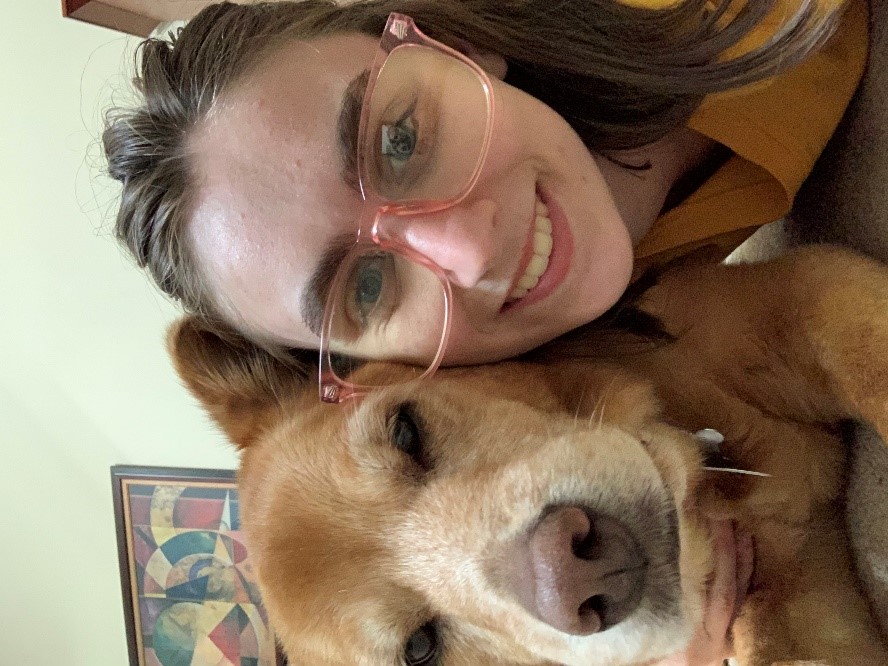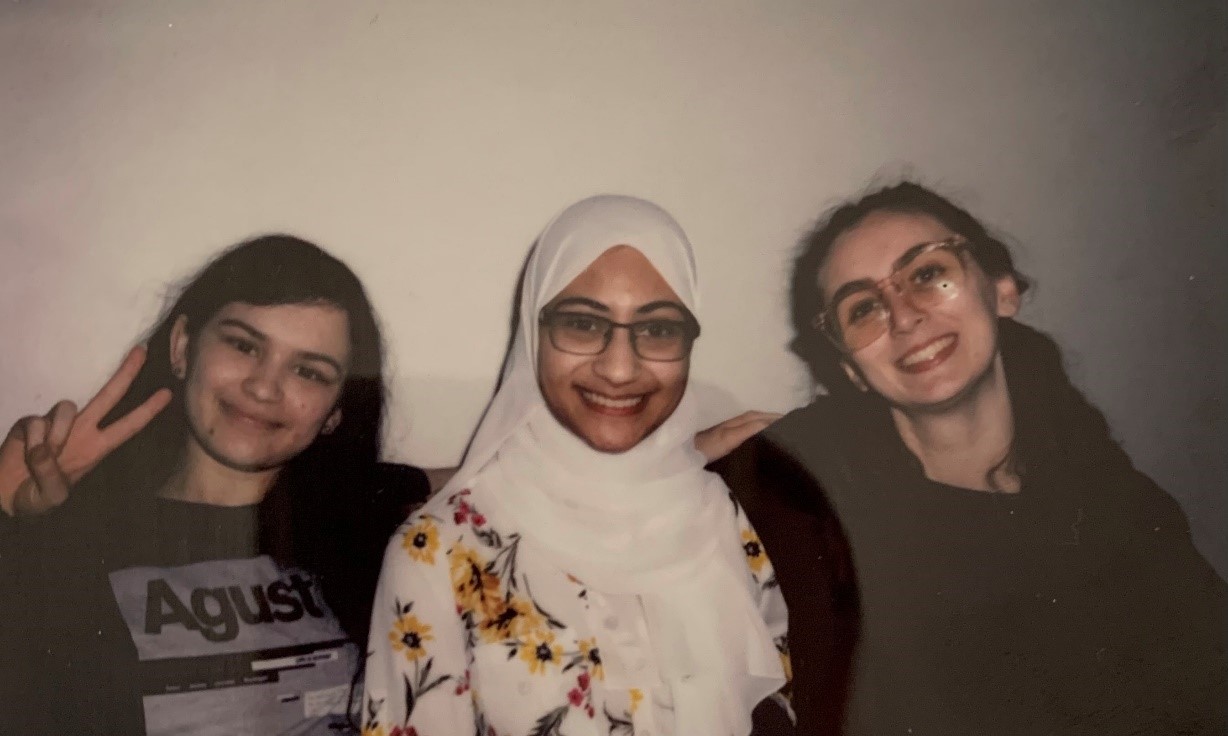Summer 2021 Capacity Building Intern
Name: Teresa Purello
Major: Environmental Science at NC State University
Why NASA?
I’ve always liked looking at the “big picture” of things and seeing how the pieces fit together like a puzzle. This applies to our planet: everything on Earth is connected and to truly understand it works, we must look at it holistically. Space provides us with the biggest picture of Earth. We can also learn more about what makes Earth so unique by looking at the atmospheres and geology of other planets and moons in our solar system. The work that NASA is doing to understand our planet is incredibly important because it would be difficult to gather the same data if space was not accessible. I was inspired by this quote which was on a card my dad gave me for my 18th birthday:
Of all the arguments, pro and con, for going to the moon, no one suggested that we should do it to look at Earth. But that may, in fact, have been the most important reason of all. – Joseph P. Allen, astronaut
It helped me to realize that I wanted to see the big picture of our Earth and NASA is the perfect place to do that.
What is a normal day as a NASA intern?
I start my day by checking my email and looking over my To Do list so that I can prioritize my tasks for the day. Since most of my meetings happen in the afternoon, I usually like to get the bulk of my tasks done in the morning. My tasks vary daily depending on the deliverables for each project that week. Sometimes, it is researching and gathering information for the Capacity Building StoryMap or creating a data collection assignment for the Groundwork USA Youth Training. My meetings also vary day to day. If I am able, I also attend internship engagement events and learn about all the awesome work NASA is doing at the different Centers. After I have wrapped up for the day, I usually relax by reading or playing with my dog.
How did you get interested in the program?
During the spring I took an introductory GIS course that I loved. The class focused primarily on how to use ArcGIS Desktop to create maps that could be used for a variety of purposes, such as mapping school districts, airports, vegetation, or even sidewalks. I was interested in learning more about its applications, especially related to environmental science. My professor shared a different NASA internship that used GIS and this led me to explore other opportunities NASA had. The CBP internship seemed like the perfect combination of my interests in remote sensing, environmental science, and communications. During my interview, I was drawn to the idea of working on the Groundwork USA Virtual Summer Camp project because encouraging young students to pursue interests in STEM is incredibly important and it was similar to work I had done through the Goodnight Scholars Program at NCSU. I was excited to be able to work on a project I have experience with while also gaining new experiences through the other projects.
What’s your favorite part of the job so far?
I really enjoy how collaborative our team is. When I started, I was a little worried that because it was virtual, I would not be able to connect with or get to know the other interns very well. Each week, not only do we collaborate on many different projects, we also have “bonding time” where we can get to know each other “outside” of the work setting. Another aspect I have appreciated is the ability to simultaneously practice skills I have learned through my courses at NCSU and gain new skills. Each of the projects I work on has a balance of tasks that I have some experience with (like working with students virtually) and tasks that help me gain new experience such as writing promotional social media posts.
Are there any unique experiences you’ve had because of it?
Throughout the internship through the CBP StoryMap project that I co-lead, I have been able to conduct interviews with different people who work with the Capacity Building. Also, through speakers set up by my mentors, intern coordinators, and others, I have been able to hear from people from different backgrounds and different career paths. Being able to learn from many people about the abundance of opportunities at NASA has been amazing. It has given me insight into possible career paths for myself and how there is not just one way to get involved with NASA’s work.
What motivates you?
My motivation mostly comes from the impact I hope to have. Knowing that I am leaving behind something positive makes it easy to do the work. When I was younger, I did not have many role models in environmental science that were women. Now that I am older and pursuing a career in this field, I hope to be the role model for young girls that I did not have. Even if my impact seems small, like just making someone laugh, it is still worthwhile. My family and friends are also big motivators. They have always encouraged me to pursue my interests and support me in everything I do.
What is a major challenge you’ve overcome?
One major challenge I have overcome is impostor syndrome which is something many students face. Throughout college, there have been moments where I have questioned whether or not I deserve to be there and if I deserved certain opportunities. However, through the support of friends, family, mentors, and others, I have realized that I have worked hard for the opportunities given to me. The NASA internship environment, especially within the Capacity Building Program, is incredibly uplifting and has also helped me overcome this challenge. I am incredibly grateful for this experience.





